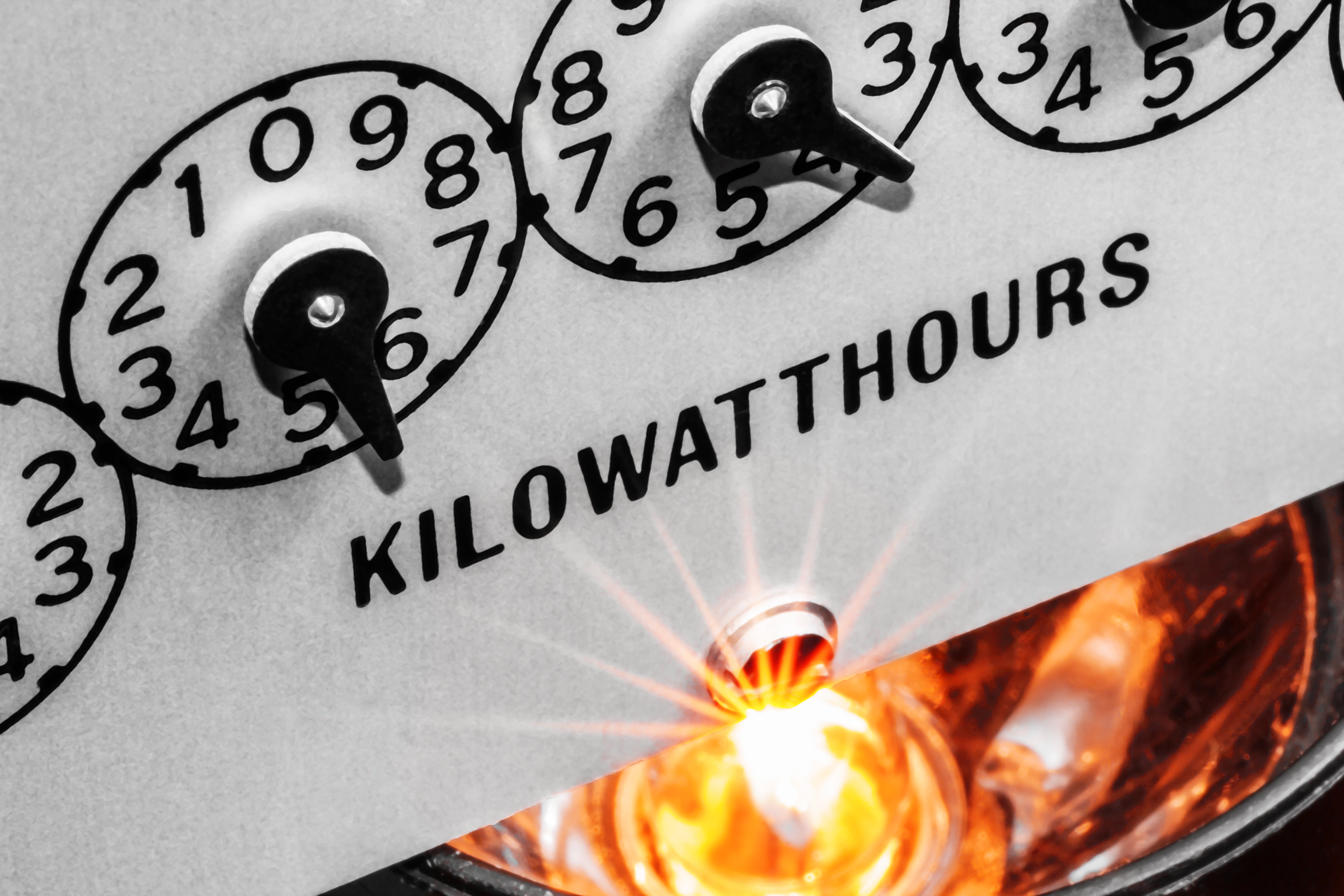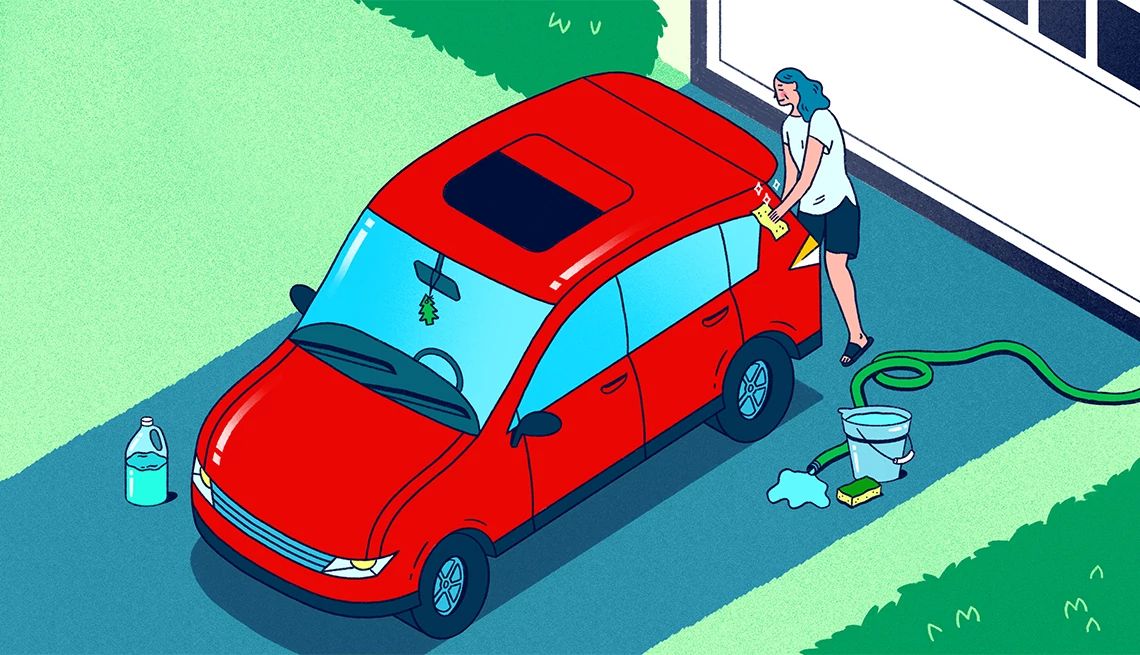AARP Hearing Center

If you follow electricity regulation you’ll hear a lot about megawatts (MW). Most of us have a vague idea of what those are…even if we are thinking *way* back to our high school days! We might hear, for example, an electric company say they have requests to bring 10 MW online by 2035. We know that sounds like a lot, but what does that really mean in terms of generation capability and grid management?
First, let’s talk about the difference between megawatts (MW) and watt hours (Wh) since both are important to the residential consumer. A mega watt is one million watts. In our homes, we simply measure in watts, kilowatts (one thousand watts) and watt hours. Think back to the old lightbulbs. We might buy 100 W or 60 W depending on how bright we want the room to be. But those watt designations also help to determine our electricity usage. A 100 W bulb takes (you guessed it!) 100 W of power to turn the lightbulb on. The amount of electricity used to keep that bulb running for one hour is called 100 watt hours (Wh).
Our electric companies monitor the electric grid and predict our usage based on historic data. That’s why we sometimes receive alerts asking us to conserve electricity at certain times of the day. It is also why many utilities offer a time-of-use plan which penalizes customers by charging higher rates during high demand hours. In 2022, the US used approximately 4 trillion kWh. A little over one-third of that was for residential customers.
Electricity generation is measured in megawatts. How many customers can a megawatt serve? The answer depends on where and when the electricity is being delivered. In Phoenix, summer temperatures are brutal and electricity usage for air conditioning is very high. The number of customers a megawatt can serve is reduced in the summer. But in the winter, when Phoenix residents don’t require air conditioning, a megawatt in Phoenix stretches much further. This is why grid management is a priority for the utilities.
Each individual power generating station has a capacity. The capacity is the maximum amount of energy that can be produced – not how much is regularly produced. Wind and solar farms, coal and nuclear plants, and natural gas are all forms of electricity generation. If a utility tells us they are bringing online a 100 MW wind farm it means, in the most favorable conditions, the farm could produce 100 MW. How many homes and businesses that wind farm serves depends on its actual production and the consumption of those customers.
So, can you control your electricity bill by just reducing your watt hours? Unfortunately, only in a limited sense. By reducing your usage you can directly impact the portion of your bill related to consumption. However, your bill includes a long list of surcharges, fees, and taxes. These “extras” make it difficult to reduce your bill significantly by reducing your usage. AARP Arizona advocates for utility billing that provides full and clear descriptions of all charges and we oppose the inclusion of separate line-item billing charges that are not expressly mandated by law.
AARP Arizona is always looking for folks to engage with policymakers on utility issues. To become an e-advocate, visit our site here: Sign Up! AARP































































